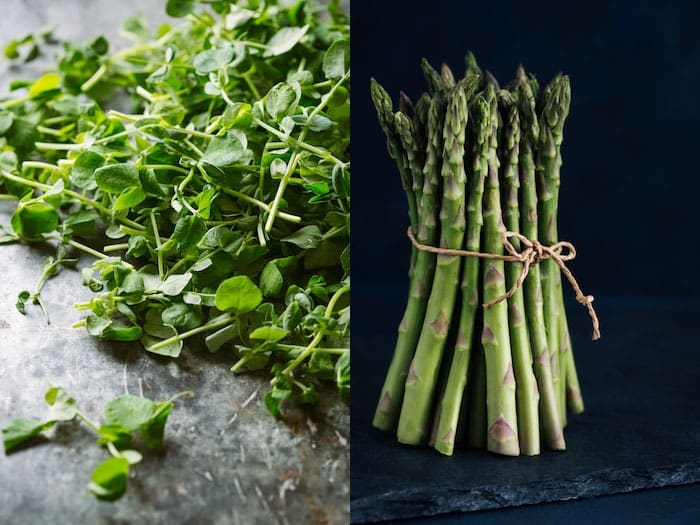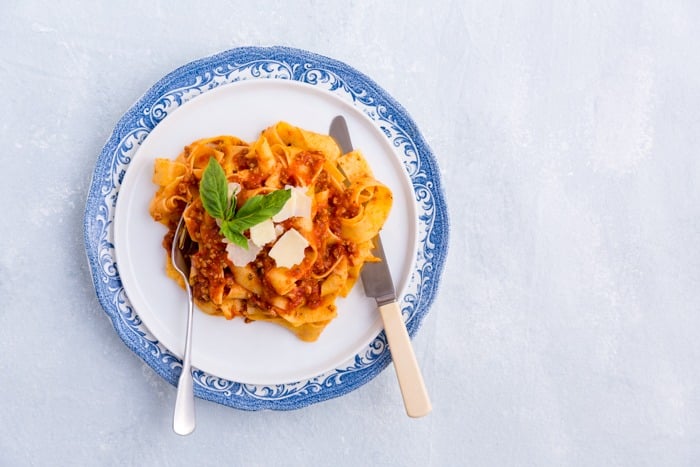
In still life photography, some photographers prefer to use manual focus. Others prefer autofocus.
I use autofocus whenever I can, because my vision in not what it used to be. Sometimes, however, I do need to put on my glasses and switch to manual focus.
There is no right or wrong way to focus–just the best way to focus for you and your shooting situation.
So, let’s look at focusing more closely (no pun intended).
Auto Focus
Autofocus, in which the camera intelligently adjusts the lens to focus on your subject.
However, it’s not foolproof and comes with its own set of challenges. The AF system can end up focusing on the wrong part of a scene, and sometimes can struggle to lock onto anything, resulting in a blurry image.
The most important factors influencing autofocus are the level of light and contrast.
Your camera can struggle to focus when there’s not enough light, or when it’s faced with a low-contrast or uniformly-coloured scene because the AF system can’t locate a clear edge. In these situations, the lens will focus back and forth, looking for something to lock onto.
Autofocus is no different than other automatic functions on your camera, like metering and exposure; you still need to take control of your camera to get the best results.
Manual Focus
Manual focus is when you take complete control of where the camera focuses by turning the ring on your lens until the area you want to sharp comes into focus.
The problem is that in food photography, we often work with macro lenses, and a narrow depth of field. This means that you need to be very precise with your focusing. Being just a touch off can cause you to completely miss focus.
This is a concern if you’re like me and have less than 20/20 vision.
Another issue with manual focus is that it can be difficult for the lens to focus if you’re shooting in a dimly lit environment, like a restaurant.
Luckily, many DSLRs these days have features to assist with manual focusing.
For example, on a Canon camera, the focus point that is in focus will light up when the proper focus is achieved. A focus confirmation light will also turn on.
If you have a Nikon camera, watch the bottom lefthand corner of the viewfinder as you rotate the focus ring. A circle will appear when your image is in focus. When it’s not in focus, arrows will indicate which direction you need to adjust.
Autofocus Modes
Single-Servo AF
The camera focuses when you half-press the shutter button in Single-Servo AF. This mode is commonly used for stationary objects.
You half press the shutter and then recompose by slightly moving the camera up or down, or from side-to-side. This is a technique called “focus and recompose”.
The camera will lock focus as long as you don’t move your finger off the shutter.
One thing to keep in mind when using this method, is that you might end up with badly focused images when recomposing at wide apertures and close distances, which is quite common in food photography.
Your focus plane shifts when you recompose, so if you have a very shallow depth-of-field or are too close to your subject, recomposing can result in an unfocused subject.

Continuous-Servo AF
In this mode, the camera will continue to focus as you keep the shutter button half-pressed.
You would use this mode in a situation where you need to capture movement, such as pour shots, or action shots taken in a restaurant or kitchen.
If you’re half-pressing the shutter to focus, this autofocus mode can make it difficult for you to focus and recompose. The camera can potentially focus on the wrong part of the scene or subject because it keeps focusing,
So if you want to take action shots, I recommend using back button focus.
Back button focus is when you re-assign the function of the focus from the shutter button to a button on the back of your camera. This technique separates the action of focusing from that of taking a picture.
When you remove the focusing function from the shutter button, you’re able to focus the shot and then recompose as needed, while your subject stays in focus.
In fact, I have my camera set to back button focus all the time.
In Conclusion
The biggest problem with autofocus that you might run into is that even if your digital camera has a lot of focus points, they don’t always completely fill the frame and you still can’t focus exactly where you want it. This is when you might want to switch to manual focus.
For an expanded article on this topic, read my article on Expert Photography here. I go more into depth about back button focus, as well as how to use focus points when shooting food or still life.
0





